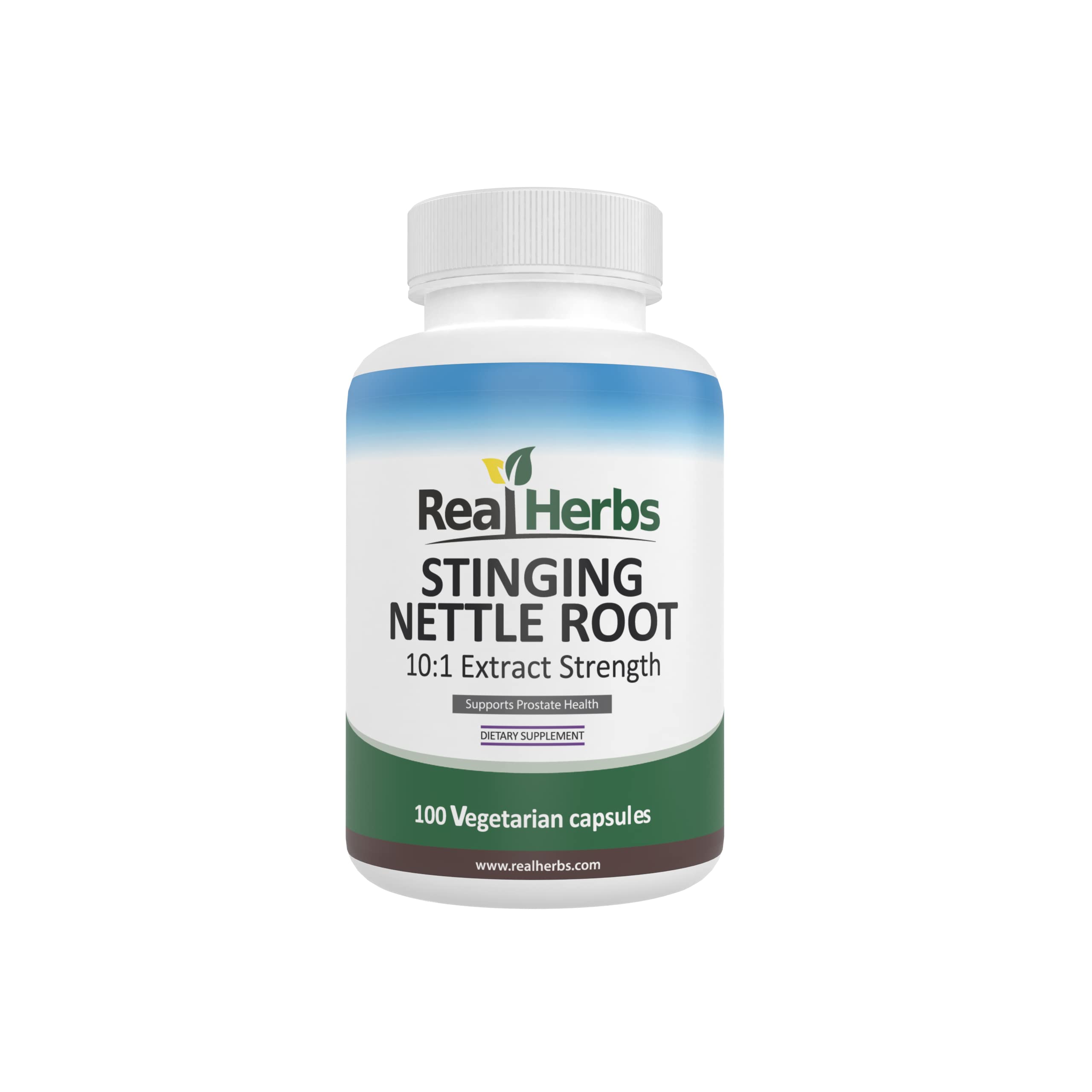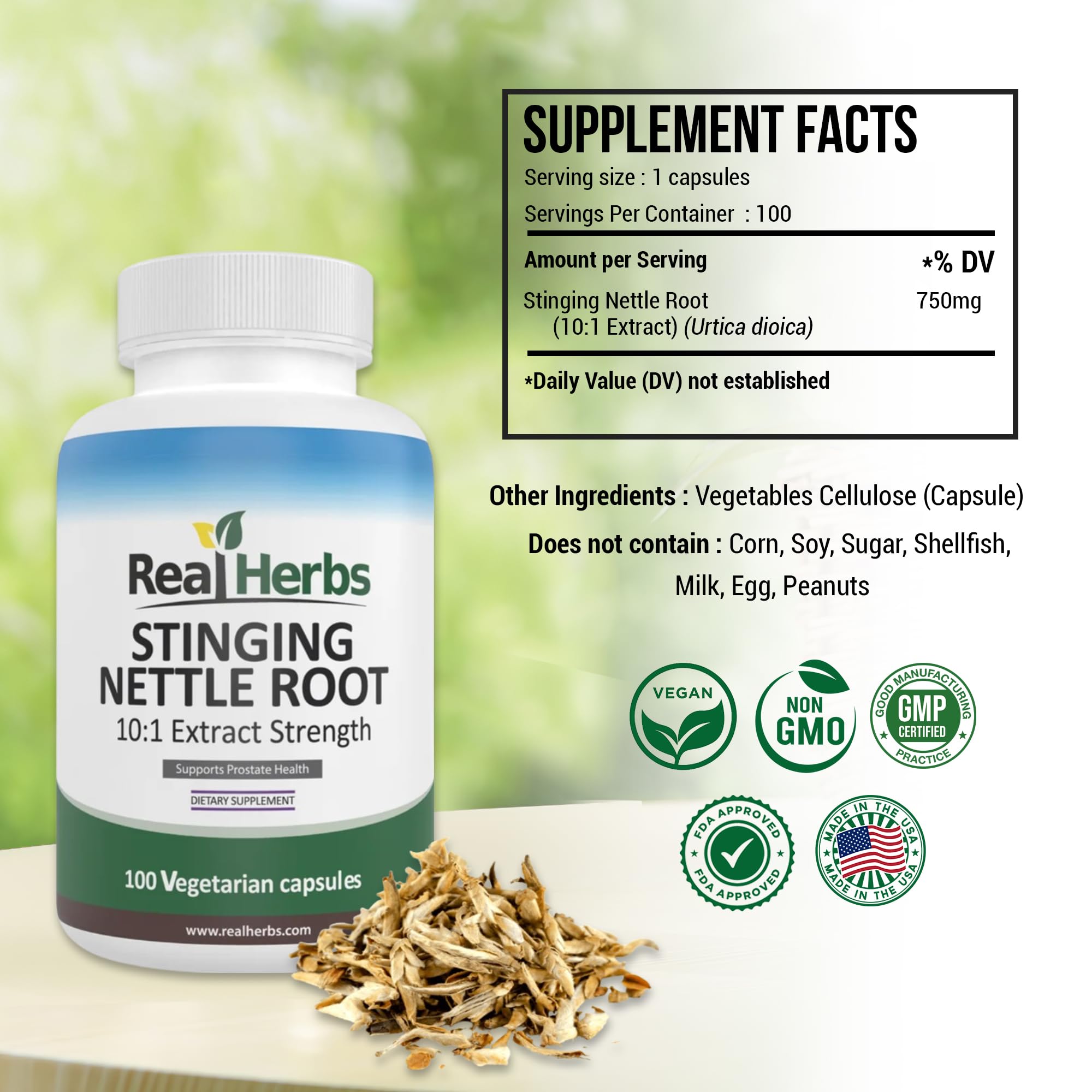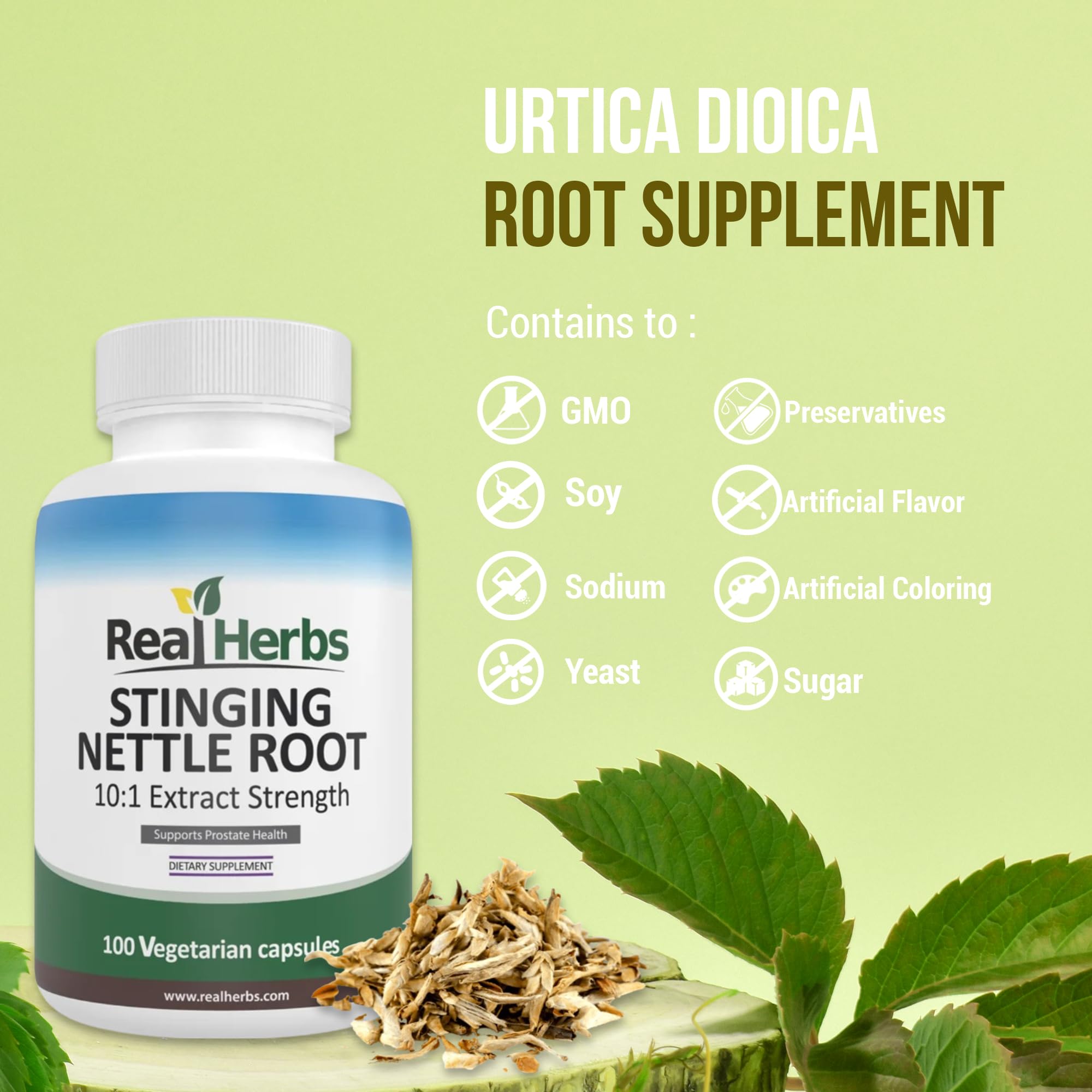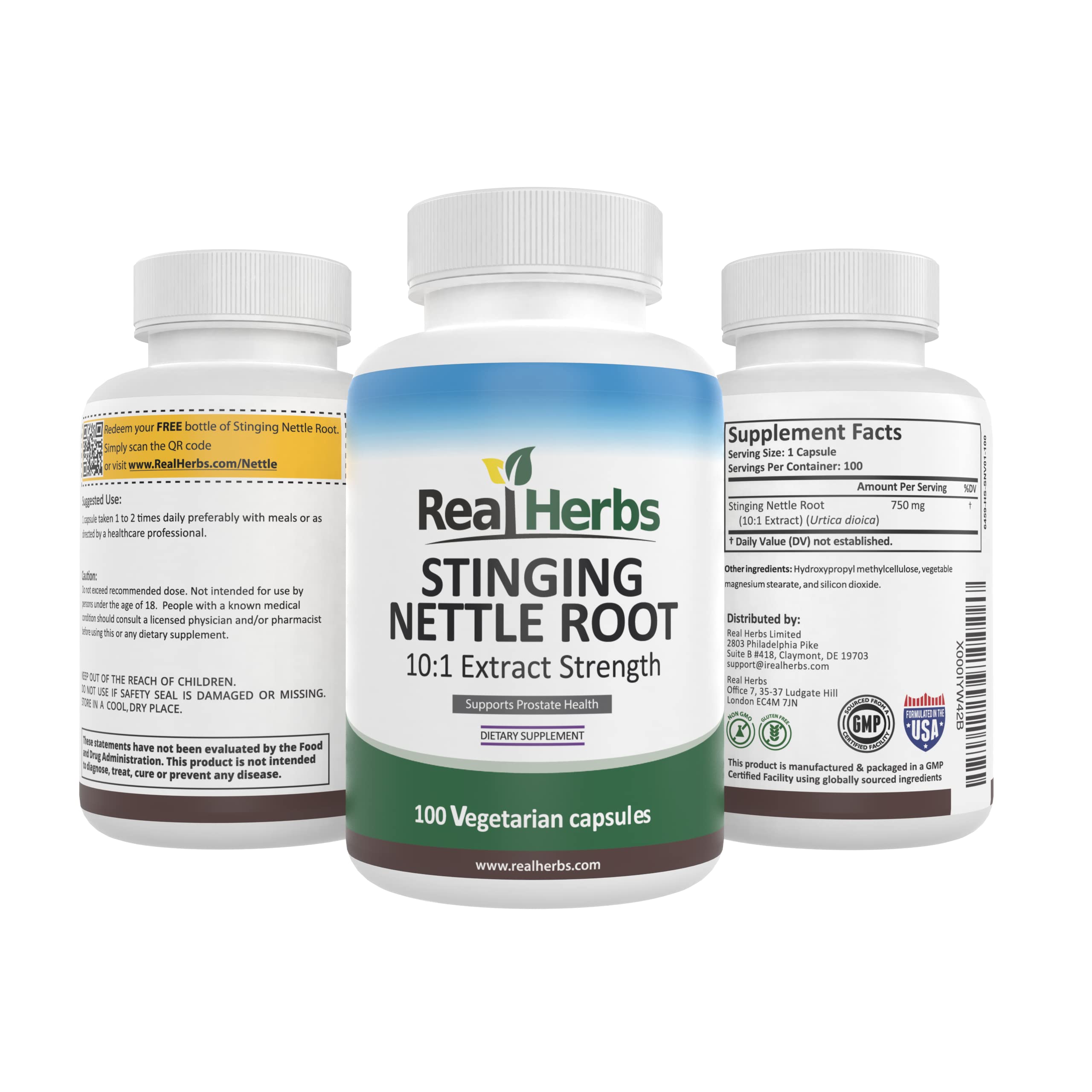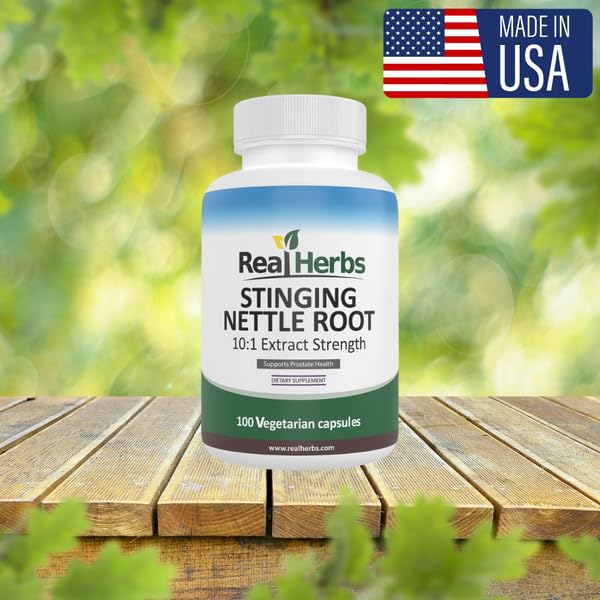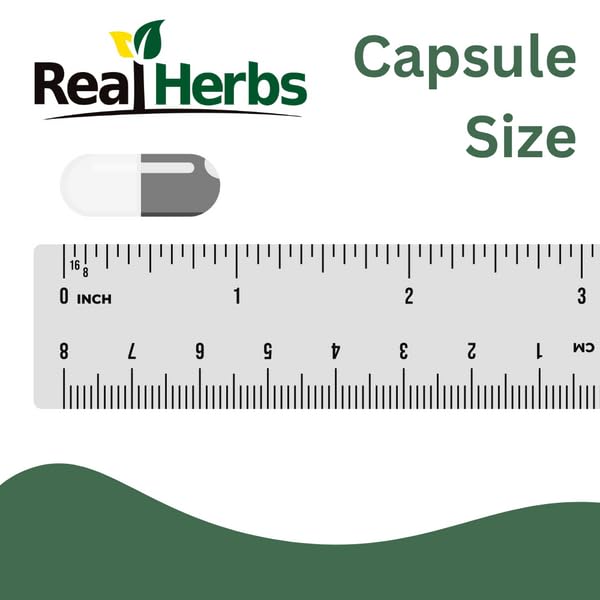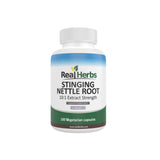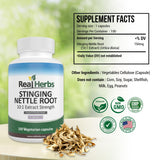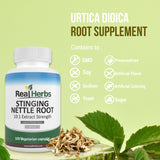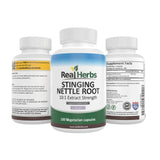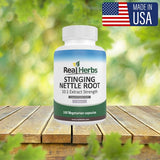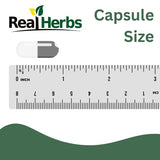Stinging Nettle Root in Traditional Chinese Medicine (TCM)
Stinging Nettle Root in Traditional Chinese Medicine (TCM)
An integrative perspective on aligning a Western herb with Eastern principles.
Bridging Western Science and Eastern Philosophy
While Stinging Nettle (*Urtica dioica*) has deep roots in European, Native American, and Western herbal traditions, it is not listed among the classic 50 fundamental herbs of the Traditional Chinese Medicine (TCM) materia medica. However, the plant’s recognized physiological effects—confirmed through modern scientific research—perfectly align with several core energetic and functional principles of TCM. This integrative perspective allows us to understand how this powerful Western herb may be categorized and used by contemporary TCM practitioners.
This comprehensive guide explores the alignment between Stinging Nettle Root's known phytochemistry and therapeutic actions with the energetic concepts of TCM, specifically focusing on its role in balancing the body's fundamental energies: Qi, Blood, and Essence (Jing).

Nettle Root's Energetic Profile in TCM
In TCM, herbs are categorized by their "Four Natures" (temperature—Hot, Warm, Cool, Cold), "Five Flavors" (e.g., Sweet, Pungent), and the meridians they enter. Based on its properties, Nettle Root can be interpreted as:
- Nature: Cool/Neutral. While possessing anti-inflammatory properties, it's generally considered balancing.
- Flavor: Slightly Sweet, Pungent, and Salty (due to mineral content) [1].
- Meridian Entry: Kidney, Liver, and Urinary Bladder. This is based on its profound systemic and lower-body actions.
Functional Alignment: Clearing Heat and Resolving Dampness
Nettle Root's most evident alignment in TCM is its ability to clear pathological factors associated with inflammation and fluid accumulation:
- Clearing Damp-Heat: The root's documented diuretic and anti-inflammatory mechanisms strongly correspond to the TCM function of clearing Damp-Heat [5]. Damp-Heat often manifests as urinary issues, skin conditions, and joint pain.
- Resolving Phlegm and Stasis: Its broad functional profile—including anti-inflammatory, antioxidant, and immunomodulatory effects—aligns with the need to break up congealed Phlegm and Blood Stasis, which lead to chronic inflammation and metabolic disorders [6].
Aligning Nettle Root with Key TCM Organ Systems
Nettle Root’s primary targets in Western medicine—the prostate and hormones—map directly to the TCM Kidney and Liver organ systems.
Supporting the Kidney Meridian (Jing and Urinary Function)
The Kidney is the foundation of Yin and Yang, governs water metabolism, and stores Jing (Essence), which relates to reproduction and aging. Nettle Root's clinical uses align perfectly here:
- BPH and Urinary Flow: Nettle Root is globally studied for Benign Prostatic Hyperplasia (BPH) and Lower Urinary Tract Symptoms (LUTS) [10]. In TCM, these issues are often treated by strengthening the Kidney’s water-regulating function and clearing stagnation in the Lower Burner.
- Hormonal Modulation: The root’s ability to interact with Sex Hormone Binding Globulin (SHBG) [2] and act as a mild aromatase inhibitor [4] supports the balance of Kidney Yin and Yang, helping to maintain hormonal integrity associated with Jing[4].
- Kidney Deficiency Heat: In women, the root’s proven effect on menopausal hot flashes [4] can be interpreted as clearing Deficiency Heat that arises when Kidney Yin declines.
Soothing the Liver and Invigorating Blood (Inflammation)
The Liver meridian manages the smooth flow of Qi and Blood throughout the body. When the Liver is stagnant or overheated, inflammation and pain result. Nettle root's actions address this:
- Anti-Rheumatic Action: The potent anti-inflammatory properties of nettle root extracts are traditionally used as an anti-rheumatic remedy [8]. In TCM, this translates to dispelling Wind-Dampness and heat from the channels and collateral vessels, restoring the smooth flow of Qi and Blood [3, 8].
- Allergy Relief: Nettle's effects on allergic rhinitis [9] can be seen as clearing Wind-Heat that invades the Lung meridian, which governs the nose and external defense (Wei Qi).
Functional Applications in Integrative Herbalism
For integrative practitioners, Nettle Root offers a Western solution for classically defined TCM patterns:
| TCM Pattern | Western Manifestation | Nettle Root Action |
|---|---|---|
| Damp-Heat in the Lower Burner | BPH, Chronic UTI, Gout [3] | Clears Heat, Resolves Dampness, Promotes Urination |
| Kidney Yin Deficiency | Menopausal Hot Flashes [4], General Aging | Clears Deficiency Heat, Supports Essence (Jing) |
| Wind-Damp-Heat Bi Syndrome | Rheumatoid Arthritis, Joint Inflammation | Dispels Wind, Clears Heat, Invigorates Blood [8] |
| Phlegm/Blood Stasis | Metabolic Syndrome, Chronic Pain [6] | Resolves Phlegm, Promotes Blood Flow [6] |
Comparison: Nettle Root vs. Classic TCM Herbs
While Nettle Root is powerful, it is not a direct substitute for any single TCM herb. It often works similarly to a combination of several classic herbs:
- Vs. *Fu Ling* (Poria Mushroom): *Fu Ling* resolves dampness and harmonizes the Spleen. Nettle shares the Dampness-Resolving property (diuretic effect) but is generally cooler and has more potent hormonal/anti-inflammatory actions in the Lower Burner than *Fu Ling*.
- Vs. *Gou Qi Zi* (Goji Berry): *Gou Qi Zi* nourishes Liver and Kidney Yin/Jing. Nettle Root offers Jing support via hormonal pathways but primarily clears heat and moves fluids, whereas *Gou Qi Zi* is purely nourishing and slightly moistening.
- Vs. *Jin Qian Cao* (Lysimachia): This herb excels at clearing Damp-Heat and breaking up stones. Nettle Root shares the clearing Damp-Heat and urinary support role but primarily focuses on prostate tissue integrity and hormonal balance, making it more specific for BPH.
Usage and Safety in an Integrative Context
Integrative use of Nettle Root requires careful consideration of the whole TCM pattern:
- Form and Preparation: For systemic, deep-rooted issues (like Kidney or BPH), a concentrated extract is generally used to obtain the lipophilic lignans and sterols [2, 11]. Traditional TCM preparation usually involves decoction, but the specific compounds in Nettle Root that affect hormones are better concentrated in alcohol or dry extracts [2].
- TCM Safety: Nettle is generally safe [5]. However, because it is slightly cooling and moving, it should be used cautiously or avoided in cases of profound Spleen Qi Deficiency (chronic cold digestion, loose stools) unless balanced with warming herbs.
- Professional Guidance: Given its potent effects on hormones (SHBG, aromatase) and its mild diuretic action, Nettle Root should be used under the guidance of a healthcare professional, especially when managing complex TCM patterns.
Conclusion: A Natural Force for Balance
While Stinging Nettle Root originates outside the traditional canon, its comprehensive range of pharmacological activities—particularly its powerful anti-inflammatory, hormone-modulating, and urinary-supportive effects—make it a valuable herb for addressing classic TCM patterns. It acts as a botanical that powerfully clears Damp-Heat, soothes the Liver, and supports the Kidney Jing. By integrating Western scientific understanding of Stinging Nettle Root with the wisdom of Traditional Chinese Medicine, practitioners and users gain a potent tool for achieving holistic, systemic balance.
Find Holistic Wellness Solutions with Real Herbs
To harness the power of a scientifically studied herb that aligns with deep systemic balance, choose a trusted, high-quality supplement.
Who it helps: Anyone looking for scientifically supported herbal supplements for prostate health, hormonal balance, or inflammatory support.
Why it’s safe/trusted: Our Stinging Nettle Root Extract is carefully sourced and processed to deliver the optimal concentration of beneficial compounds, ensuring purity and potency for your wellness journey.
All our products are backed by our 100-Day Money-Back Guarantee!
"I use this product daily to support my prostate health and feel a great sense of overall vitality." - David M.
"An excellent quality supplement that I trust for long-term health and balance." - Emily R.
Disclaimer: The information provided in this article is for educational purposes only and is not intended as medical advice. Always consult with a qualified healthcare professional before making any decisions about your health or starting any new supplement regimen. These statements have not been evaluated by the Food and Drug Administration. This product is not intended to diagnose, treat, cure, or prevent any disease.
Scientific Credibility & Citations
- Bhusal KK, et al. Nutritional and pharmacological importance of stinging nettle (Urtica dioica). *Heliyon*. 2022. PMC9253158 (Review)
- Schöttner M, et al. Lignans from the roots of Urtica dioica and their metabolites bind to human sex hormone binding globulin (SHBG). *Planta Med*. 1997. PMID: 9434605 (In-vitro study)
- Qasmi M, et al. Integrative multi-target analysis of Urtica dioica for gout arthritis. *PLoS One*. 2024. PMID: 39351010 (Mechanistic Study)
- Kargozar R, et al. Urtica dioica in comparison with placebo and acupuncture: A new possibility for menopausal hot flashes. *Complement Ther Med*. 2019. PMID: 31126551 (Human RCT)
- Dhouibi R, et al. Screening of pharmacological uses of Urtica dioica and related species. *Prog Biophys Mol Biol*. 2020. PMID: 31163183 (Review)
- Samakar B, et al. A review of the effects of Urtica dioica (nettle) in metabolic disorders. *Iran J Basic Med Sci*. 2022. PMC9282742 (Review)
- Han S, et al. Hypouricemic effects of extracts from Urtica hyperborea (related Urtica species). *J Ethnopharmacol*. 2020. PMC7011386 (Related Species Study)
- Taheri Y, et al. Urtica dioica-Derived Phytochemicals for Pharmacological Applications. *Evid Based Complement Alternat Med*. 2022. PMC8894011 (Review)
- Bakhshaee M, et al. Efficacy of Supportive Therapy of Allergic Rhinitis by Stinging Nettle (Urtica dioica) Root Extract. *Iran J Pharm Res*. 2017. PMC5963652 (Human RCT)
- Stinging Nettle — LiverTox. *NCBI Bookshelf*. 2023. NBK589898 (Clinical/Safety Overview)
- Stinging Nettle (Urtica dioica) Roots: The Power Underground—A Review. *PMC*. 2025. PMC11768490 (Root-specific Review)

